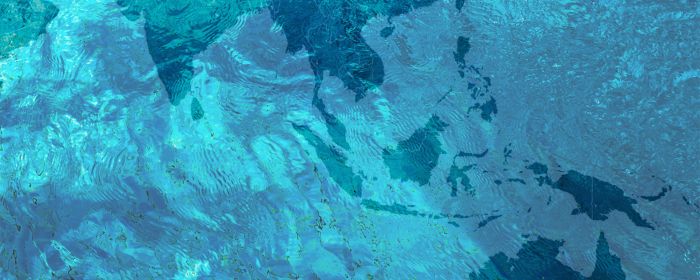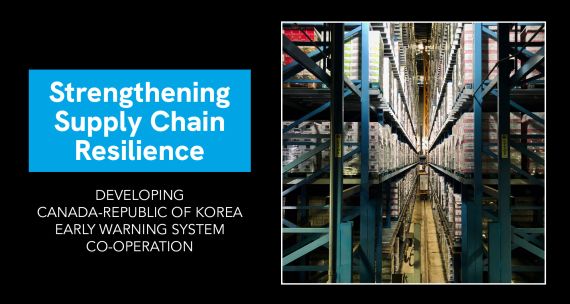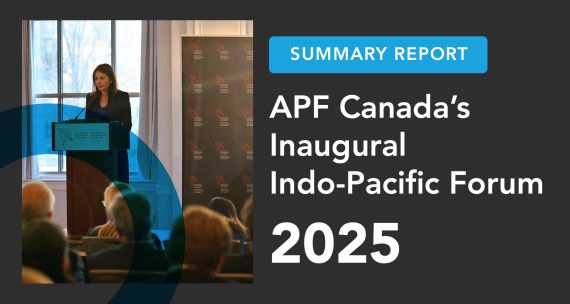One of the most significant geopolitical developments of the past decade in Asia has been the purposeful and political attempt by the region’s predominant democratic powers to redefine the ‘Asia-Pacific’ as the ‘Indo-Pacific.’
Far from a simple matter of semantics, this rectification of geographic ‘names’ represents a geospatial redesign – one led by Australia, India, Japan, and the United States to recognize and to deepen trans-regional ties between the Indian and Pacific Ocean areas and to deal more effectively with China’s ‘rise’ in Asia, the Middle East, and Africa.
Indeed, these Indo-Pacific ‘proponent states’ have internalized the Indo-Pacific super-region to such an extent that its geographic logic now informs their respective political, economic, and security engagements in Asia and beyond.
While Australia, India, Japan, and the U.S. have approached the Indo-Pacific through different strategic lenses, they have all introduced new whole-of-government strategies, or visions, to achieve their strategic aims within the region. There are marked divergences in how each proponent state has approached its Indo-Pacific strategy, with the notable commonality that all are committed to a ‘free’ and ‘open’ Indo- Pacific, however defined.
As with all major strategic developments, neither the Indo-Pacific geographic region nor the proponent states’ ‘free’ and ‘open’ Indo- Pacific (FOIP) strategies are without controversy. Asian states, particularly Asian middle and small powers, are concerned about marginalization as a result of an Indo-Pacific geographic widening. Developing Asian states are also worried about the proponent states’ seeming desire to re-invest in Africa, believing, quite rightly, that their own development opportunities may suffer as a result.
Most salient, however, is the widely shared regional view that the proponent states’ FOIP concepts collectively represent an emerging ‘anti-China’ collation of states. This concern is particularly pronounced with respect to the U.S. FOIP vision, which is predicated on a regional view of China as a ‘revisionist power’ that the U.S., its allies, and partners must contain.
Despite these controversies, the Indo-Pacific geographic ideal has gained ground in a number of strategically significant institutions and states in ways that bode well for the concept’s longevity and for regional inclusivity and stability. ASEAN, for instance, has issued a joint declaration on the Indo-Pacific that highlights its positive aspects – such as trans-regional integration – while rejecting its strategic ‘baggage,’ such as its China containment logic. Within ASEAN, Indonesia has also articulated an Indo-Pacific approach predicated on inclusivity and equidistance from the U.S. and China. Similarly, France and Germany have outlined Indo- Pacific strategies that stress middle power co-operation on non-traditional security, such as climate change, regional governance, and foreign policy diversification.
Whereas the proponent states first articulated the Indo-Pacific in more confrontational tones, these Indo-Pacific ‘adapters’ have outlined a more benign vision, one just as accepting of Beijing as Washington.
For Canada – a country that has yet to articulate its position on the Indo-Pacific and/or FOIP – the distinction between the Indo- Pacific proponents’ and adapters’ views of the super-region is critical.
As Canberra and Washington move further down the road of a FOIP containment strategy, and as India remains strategically ambiguous about its FOIP intentions, Ottawa must look rather to the FOIP adapters, which could include Japan, to formulate its own regional approach.
Rather than align its interests with what are fast becoming anti-China strategies, justified in terms of a ‘free’ and ‘open’ region, Ottawa would do better to adopt the adapter states’ ‘diverse,’ ‘inclusive,’ and ‘stable’ Indo-Pacific framework, one that it could then work into a strategy of broader diversification in Asia.
APF Canada’s new policy report, Canada and the Indo-Pacific: 'Diverse’ and ‘Inclusive,’ Not ‘Free’ and ‘Open’ outlines what have essentially become two competing Indo-Pacific and FOIP visions, a proponent state vision based on a ‘free’ and ‘open’ Indo-Pacific and an alternative adapter state vision based on ‘diversification,’ ‘inclusion,’ and ‘stability’.
After considering each Indo-Pacific vision in line with Canada’s national interests in Asia, Canada and the Indo-Pacific argues for closer Canadian alignment with the adapter states. The policy report concludes with specific policy recommendations for Canada to achieve broad diversification in Asia through normative alignment with ASEAN, Indonesia, France, and Germany and through multilateral co-operation through Asia’s existing institutions, such as ASEAN.




